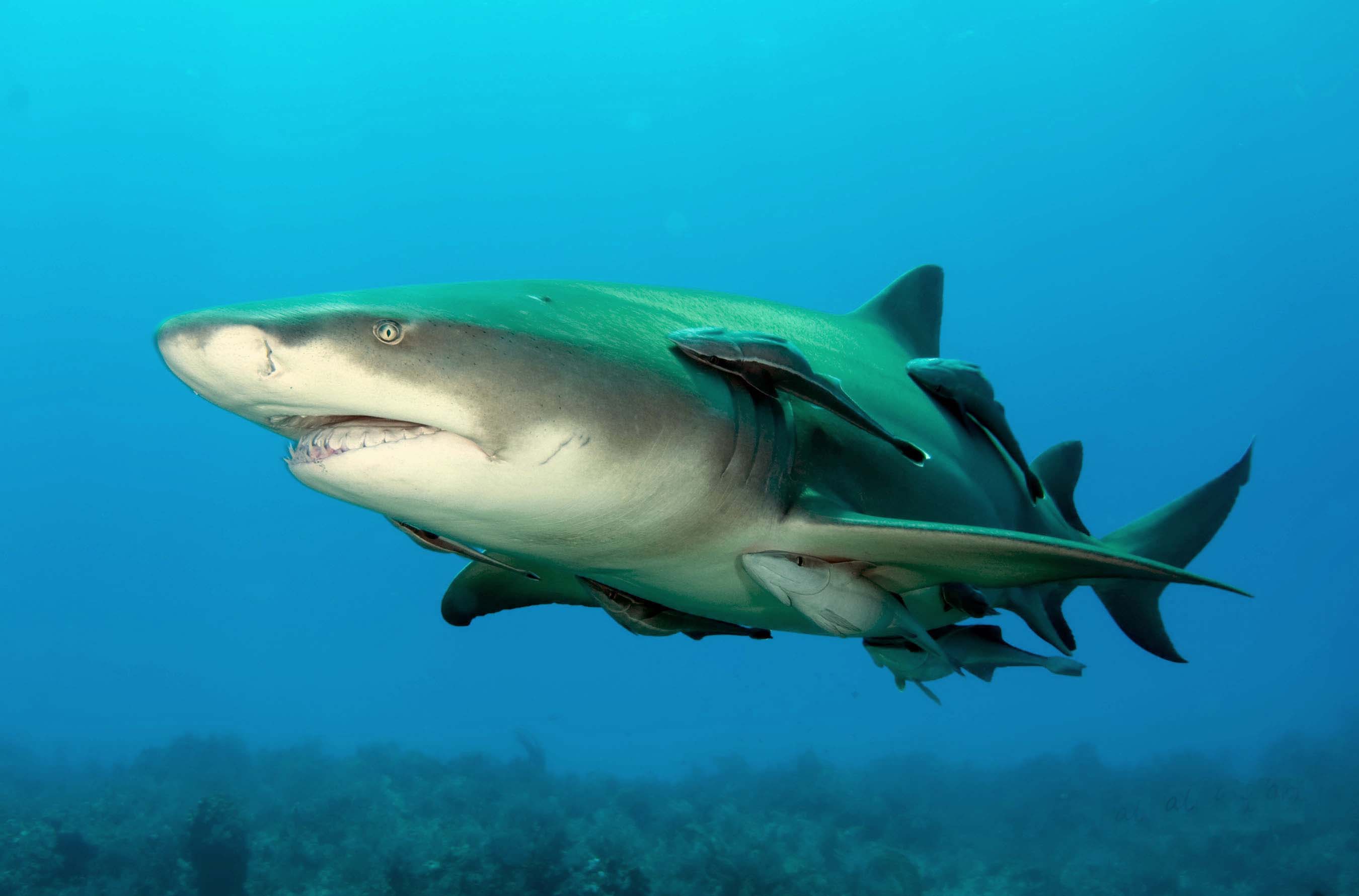Difference between revisions of "AY Honors/Species Account/Negaprion brevirostris"
m (W126jep moved page Adventist Youth Honors Answer Book/Species Account/Negaprion brevirostris to AY Honors/Species Account/Negaprion brevirostris without leaving a redirect: Part of translatable page "Adventist Youth Honors Answer Book/Species Account/Negaprion brevirostris") |
|||
| (441 intermediate revisions by more than 100 users not shown) | |||
| Line 1: | Line 1: | ||
| − | + | <noinclude><translate><!--T:1--> | |
| − | + | </noinclude> | |
| − | + | {{species id | |
| − | {{ | + | |common_name=Lemon Shark |
| − | + | |latin_name=Negaprion brevirostris | |
| − | + | |image=Lemonshark (2).jpg | |
| − | + | |description= | |
| − | + | The lemon shark commonly attains a length of 2.4 to 3.1 meters and a weight of up to 90kg at adulthood. The maximum recorded length and weight is 3.43m and 183.7kg. This stocky, powerful shark is named for the 'citrus glands' located between its two dorsal fins. This gland allows the shark to exude a lemon-esque scent in order to attract its prey. The lemon shark has pale yellow-brown to grey skin, which lacks any distinctive markings. This provides perfect camouflage when swimming over the sandy seafloor in its coastal habitat. It has a flattened head with a short, broad snout, and the second dorsal fin is almost as large as the first. [https://www.youtube.com/watch?v=HMN1HcdU9Zg Good video on Lemon and Tiger Sharks] | |
| − | + | |range= | |
| − | + | The lemon shark is found mainly along the subtropical and tropical parts of the Atlantic and Pacific coasts of North and South America, and around Pacific islands. They inhabit mostly tropical waters, stay at moderate depths, and are often accompanied by remoras. | |
| − | + | }} | |
| − | + | <noinclude></translate></noinclude> | |
| − | |||
| − | The | ||
| − | |||
| − | |||
| − | |||
| − | |||
| − | |||
| − | |||
| − | |||
| − | |||
| − | |||
| − | |||
| − | |||
| − | |||
| − | |||
| − | |||
| − | |||
Latest revision as of 21:36, 20 September 2021
Lemon Shark (Negaprion brevirostris)
Where found: The lemon shark is found mainly along the subtropical and tropical parts of the Atlantic and Pacific coasts of North and South America, and around Pacific islands. They inhabit mostly tropical waters, stay at moderate depths, and are often accompanied by remoras.
Description: The lemon shark commonly attains a length of 2.4 to 3.1 meters and a weight of up to 90kg at adulthood. The maximum recorded length and weight is 3.43m and 183.7kg. This stocky, powerful shark is named for the 'citrus glands' located between its two dorsal fins. This gland allows the shark to exude a lemon-esque scent in order to attract its prey. The lemon shark has pale yellow-brown to grey skin, which lacks any distinctive markings. This provides perfect camouflage when swimming over the sandy seafloor in its coastal habitat. It has a flattened head with a short, broad snout, and the second dorsal fin is almost as large as the first. Good video on Lemon and Tiger Sharks

